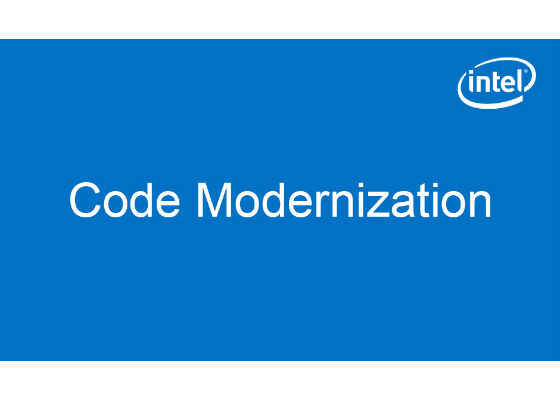Fostering 4K Adoption and Demand: Intel Software Services Powers Live Sports

From the black-and-white TVs of the last century to this year’s latest Kindle*, screens and displays on devices have vastly improved their quality over time. But they have not matched the visual clarity of life experiences; especially if you like sports, it’s still much better to watch the NBA playoffs or the Stanley Cup in person rather than viewing them on your device or TV.
 Survey
SurveyHowever, new display and computing platform technologies are making those viewing experiences exponentially more lifelike. For example, 4K is a new resolution standard that packs over four times as many pixels as a standard high definition (HD) screen. This matches—or even exceeds—the maximum visual clarity that the human eye can perceive on many screens. With a live broadcast in 4K, you get very close to the same visual detail you would get with those premium courtside seats.
HDR (high dynamic range) is another new visual technology; this one provides greater contrast (difference between light and dark colors). When you attend a sports event in person, you see reflections, light highlights, and darker-shaded areas that it is not possible to see on a screen with a standard definition display. HDR more closely matches the light contrast and darks that you perceive when you are actually there.
These 4K and HDR experiences are now becoming available across screens, with even more advanced technologies on the way soon: Immersive experiences are being developed with virtual reality that have the ability to actually drop you right into the action. When you can experience what these technologies deliver in your living room (or on your lap) from your device, it brings you closer to feeling like you’re there in person.
We are starting to see some of these new visual technologies on Intel’s latest platforms, but getting live sports broadcasts requires coordinated effort with broadcasters and software services across the industry to build the infrastructure in the cloud as well as into devices. Intel’s recent announcement with NeuLion is a great example of how we plan to collaborate with broadcast services to bring sports and TV experiences to immersive life on devices.
Intel® Software Guard Extensions (Intel® SGX) is one of the technologies available on 7th Generation Intel® Core™ systems that provides the higher security required to deliver higher quality broadcasts. SGX can bedeployed in data centers to distribute video data securely, and SGX can also increase security on devices to allow for highly secure 4K video playback.
The data requirements for these new technologies—processing data and sending it securely from a data center to a device—will be immense. A typical sporting event in HD could require 10 to 15 GB; in 4K the same event could be up to 40 to 60 GB. A live 4K sport broadcast must have a reliable cloud service that can scale to support massive data. Intel and NeuLion can provide a robust and scalable platform for 4K live sports and will also push the envelope for streaming video from the cloud.
Our focus on sports content should help 4K gain broader adoption. NeuLion is an expert in solutions for streaming live and on-demand sports, and supports many premium content services including the NFL, NBA, World Surf League, Univision Deportes, Euroleague Basketball, and many others. Our collaboration with NeuLion is a great start—and I can’t wait to enjoy that court-side or rink-side experience on my device.
For more such intel Modern Code and tools from Intel, please visit the Intel® Modern Code
Source:https://software.intel.com/en-us/blogs/2017/04/25/fostering-4k-adoption-and-demand-intel-software-services-powers-live-sports